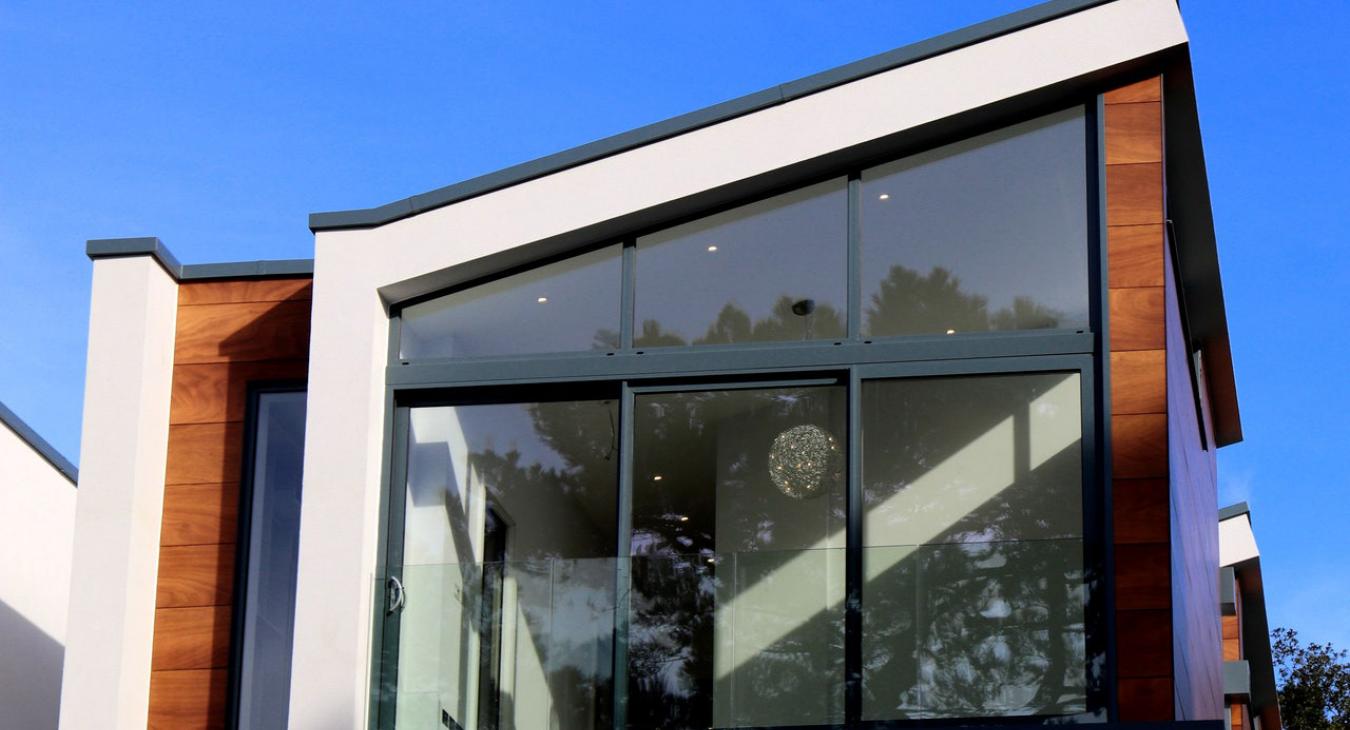
Outside of government circles, there are few people who truly believe that the housing policy is working and that a resolution to the crisis is in sight. And the ranks of true believers will have been further diminished by the recent ESRI report that highlighted a collapse of home ownership levels among younger people.
Rates of ownership for 25 to 35-year-olds have fallen from 60% to 27%. In other words, an entire generation can no longer afford to pay the exorbitant prices demanded by our entirely dysfunctional market and is locked out of the housing market.
Indeed, such is the level of dysfunction that we need new terminology to describe it.
‘Suppressed household formation’ is how we categorise that growing cohort of young adults in full-time employment who have been unable to establish new households and still live with parents.
It was estimated to number some 175,000 people in 2021 and has doubtless grown substantially since then. According to the ESRI study, significant numbers of those currently locked out of housing will be forced to enter and remain in the rental sector, past retirement. In that scenario fixed incomes (pensions) will not keep pace with unaffordable rents - Dublin is currently the third most expensive EU city for rents - while our poor tenant protections will leave them subject to arbitrary evictions.
Ultimately, the proportion of older people living in poverty could more than double from 14% to 31%.
This appalling vista is the logical consequence of an official policy that doggedly insists on repeating the same mistakes year after year and expecting different outcomes.
Einstein had a name for that.
We may have had a change of government in 2020, but we did not have a change of housing policy.
Unlike all other countries with a stable, secure housing sector, policy in Ireland dictates that the vast majority of housing is to be sourced from the private market.
This makes the provision of genuinely affordable homes to purchase or rent virtually impossible.
The key difference is that other states treat housing as a public good - like education - and an issue of human rights.
Here, it is a plaything of the markets, and policy is shaped according to their needs.
In January of this year, the Dail’s own Parliamentary Budget Office was moved to characterise housing in Ireland as “severely unaffordable.” As a result, we are among the worst affected by the cost of living crisis given the high cost of housing, relative to other EU states.
Over recent weeks, the Raise the Roof housing campaign held a series of public meetings on the crisis, at a range of locations across the country: in Navan, Waterford, Limerick, Dublin, Galway, and Maynooth.
Raise the Roof is led by the Irish Congress of Trade Unions and is comprised of unions, housing and homeless agencies, women’s groups, political parties, representatives of older people, Traveller groups, children’s advocacy groups, and community organisations, and student unions.
While the locations changed, everywhere the stories were the same.
Rents are rising, evictions have increased and homelessness is on the up. No surprise there, as we know evictions are the single greatest cause of homelessness. Homeless numbers dropped dramatically when they were banned during the pandemic. Since restrictions lifted the numbers have surged to over 10,000, the highest level in two years. That includes 3028 children.
In all areas, house prices were up and rental supply had collapsed.
In towns with a high concentration of students - such as Galway and Maynooth - student speakers warned of the worst accommodation crisis in living memory come September, as students return to campus for the first time since 2019.
As with other aspects of housing, students are at the mercy of the market and pay the highest prices for purpose-built accommodation in the EU (only the UK is more expensive).
And while we have seen significant falls in public housing waiting lists nationally, in every region we also see major increases in the spending on Housing Assistance Payment (HAP), whereby private landlords are paid to provide ‘social housing’.
The introduction of HAP was a consequence of the decision taken in the aftermath of 2008 to effectively stop building social housing at the local authority level and rely instead on the private market.
Today, we have in excess of 60,000 households on HAP and 60,000 households on the housing waiting list. In reality, we have 120,000 plus on the waiting list. Last year, some €900 million - almost a third of the housing budget - was spent on leasing, purchasing homes from private developers, and paying private landlords via HAP.
Yet official figures confirm that direct building of new homes by local authorities costs far less. It is time to end the madness. Start with a blank page. At the top of the page put ‘affordable and secure homes for all’. If that is your starting point, the rest will follow.
Macdara Doyle is Coordinator of the Raise the Roof campaign. www.raisetheroof.ie
